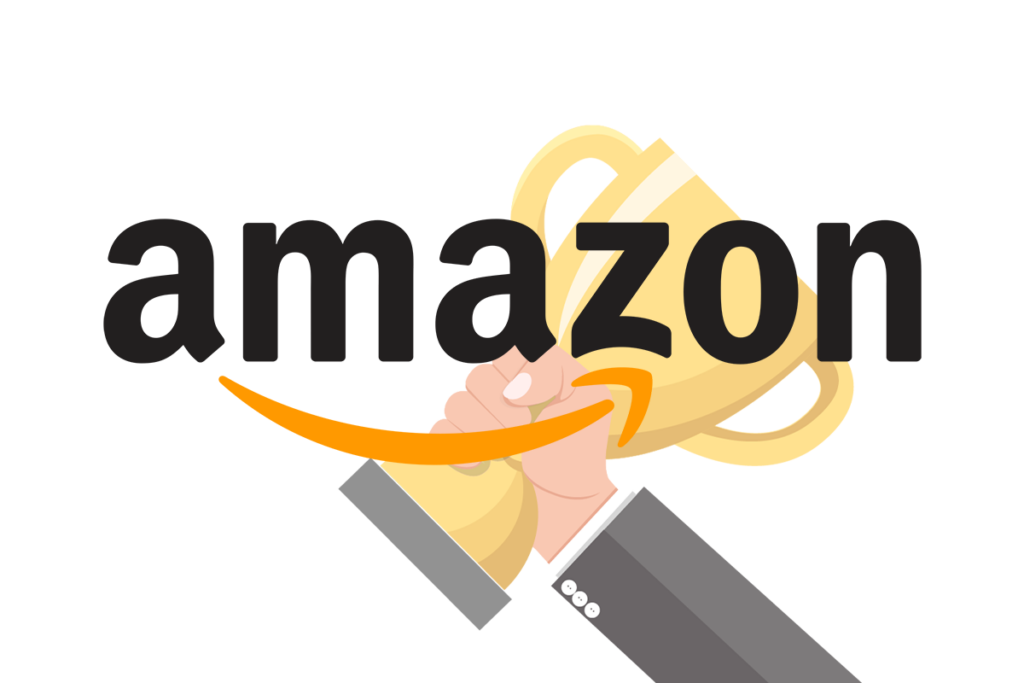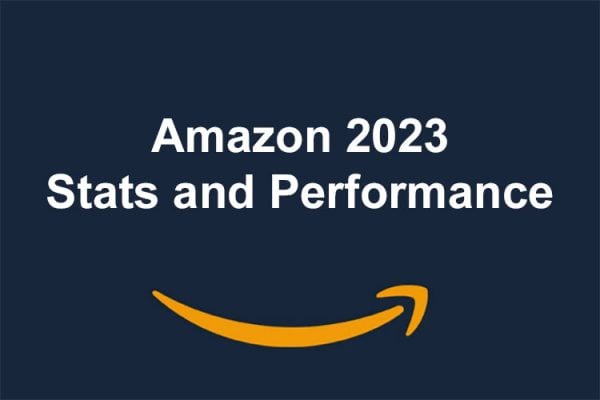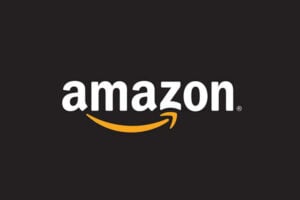On Amazon, there is a tradeoff between winning the Buy Box for products that were sold wholesale to Amazon via a first-party selling model and having an increased level of flexibility and control to reprice items on the third-party marketplace.
However, how can first-party, hybrid, or third-party brands optimise their brand presence and drive strong sales performance and customer metrics, which can, in turn, increase the opportunity to gain the Buy Box share?
1p and 3p brands: Join Amazon’s Brand Registry
According to Feedvisor brands need an active, registered trademark that appears on products or packaging to enrol in Amazon’s Brand Registry. They also need to
be able to verify themselves as the owner for the trademark rights and need to have an existing Amazon account, which can be associated with Vendor or Seller Central.
The Brand Registry grants brand owners an increased level of influence and control over their product listings on Amazon, as customers are more likely to see the correct information associated with the brand once it is registered.
The Registry also enables brands to provide additional information about their brand, which Amazon use to implement additional protections that attempt to identify and remove violations.
For 1P brands who can not manipulate the price set by Amazon, joining the Brand Registry can effectively help them protect their brand identities. For 3P brands, the Registry does not wholly stop other sellers from selling their product, even if they have not authorised them as distributors. It also does not guarantee that the brand will always be the Buy Box winner. That will still be determined by feedback, seller performance, and pricing.
1P Brands
Manage inventory and purchase orders to Amazon
For first-party brands, knowing their purchase orders and how much the inventory they are selling to Amazon on a given basis is essential to helping understand the profitability of an item, as well identifying inventory replenishment needs.
If an item is profitable, it should always be available for purchase, in order to keep an item from diverting to 3P or to make sure consumers do not migrate to other brands.
Know Your catalogue’s profitability
Amazon recently conducted an in-depth analysis of the products they sell and are eliminating unprofitable items from their assortment.
Products that “Can’t Realise any Profit” — items that typically sell below $15 (£12), do not have high enough sales velocity and are either heavy or bulky in size — are being removed by Amazon, revealing that establishing long-term profitability is a priority for the company.
Brands can take proactive measures to avoid being pushed out by Amazon, such as assortment optimisation and removing items from their catalogue that will cost them in the future. Also, demand prediction can help to highlight and flag those items that may be at risk of being dropped by Amazon.
Utilise promotional strategies
Brands can participate in Lightning Deals and Deals of the Day, for example, to ensure that they are leveraging these unique promotions.
Brands should be focused on their brand perception as a whole — controlling and maintaining their reputation, knowing their competitive environment, and driving awareness and visibility. They should capitalise on digital shelf intelligence to not only help keep these concerns at bay but to establish a more significant visible presence on the platform. By analysing their category rank and leveraging technology that predicts the share of shelf and share of sales, brands have the opportunity not only to understand their promotional strategies but how these relate to and stack up against their competitors’ strategies.
If brands can not be found by shoppers, then the promotional and pricing strategies taken are futile.
Control 3P resellers
Even when 1P brands have established themselves as an Amazon-first brand to vendors and wholesalers actively selling their product, they still need to be able to control their 3P resellers to ensure adherence to minimum advertised price (MAP) policies and be able to take action against grey market arbitrageurs.
3P Brands
Take action to counteract Buy Box suppression
Third-party brands can regain the Buy Buy by checking account performance metrics to ensure they are in good health, filling any gaps in product listing selling points and descriptions, and reviewing products to ensure that they are not being sold at a lower price point elsewhere.
Make sure prices are competitive
Brands should understand how their desired profit margins relate to their floor and ceiling prices. With custom pricing models and price optimisation and intelligence, brands can establish real-time pricing strategies to maximise results and maintain brand equity.
Know that Buy Box eligibility impacts advertising
When third-party authorised resellers are not eligible for the Buy Box, Sponsored Product campaigns will not show — revealing the deep connection between the Buy Box and advertising. In order to maintain Buy Box eligibility, third-party brands should maintain high levels of performance and competitive pricing to ensure that their advertisements still show up.










